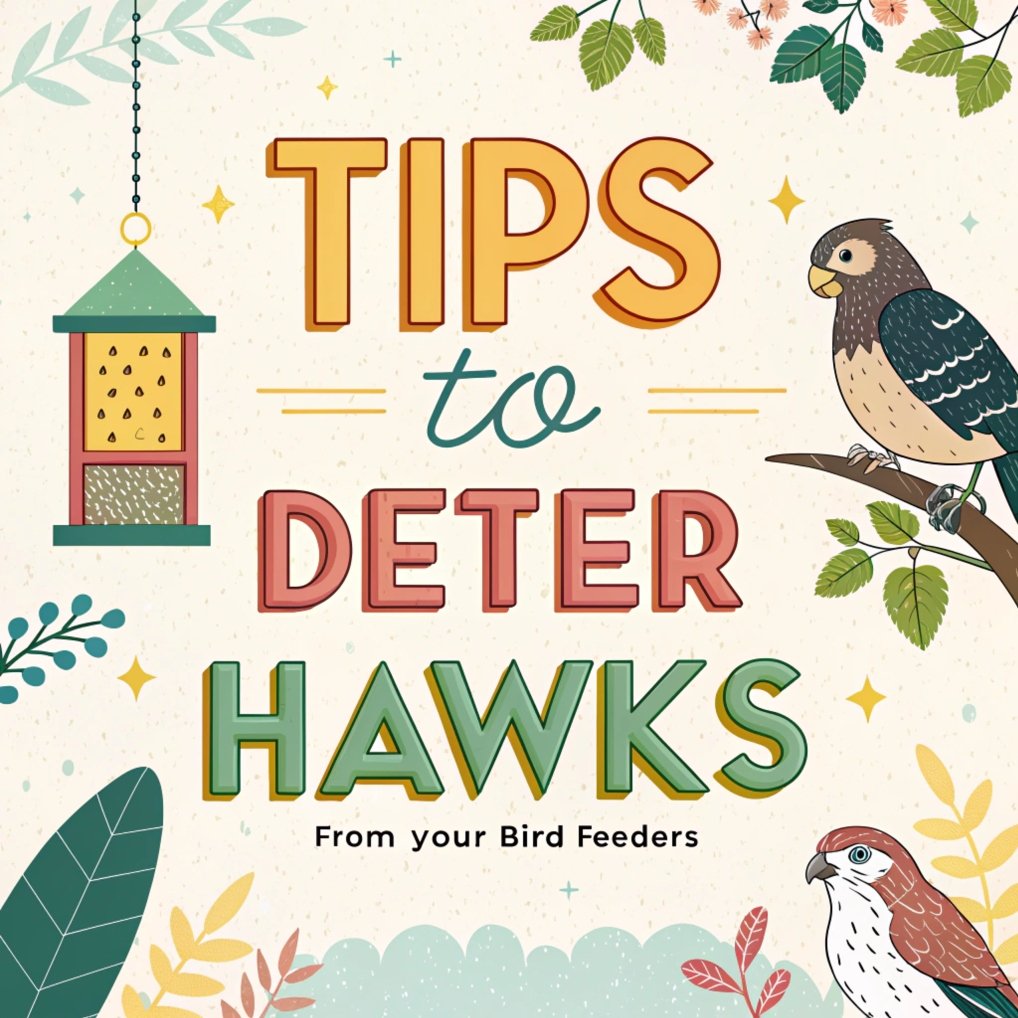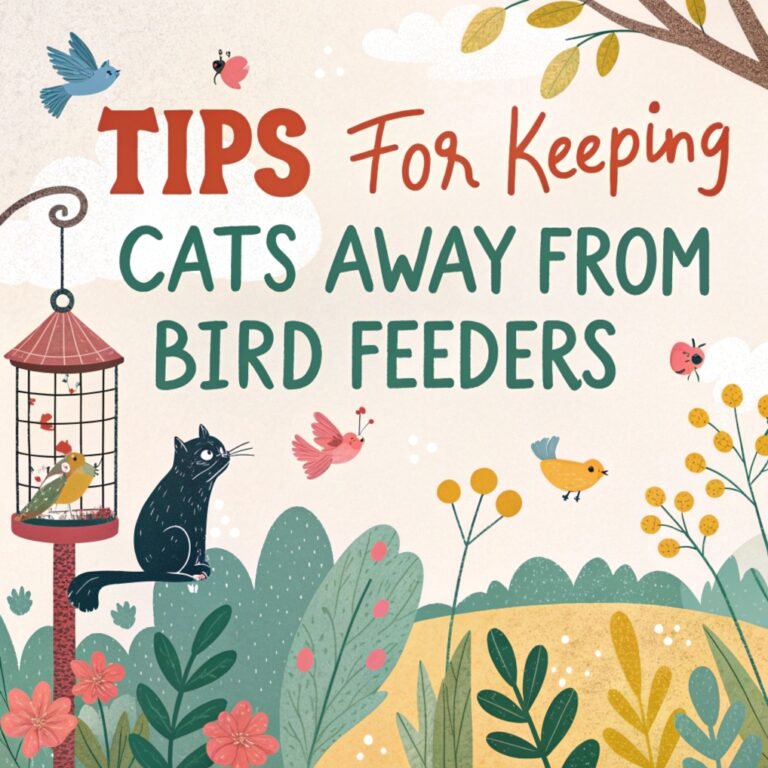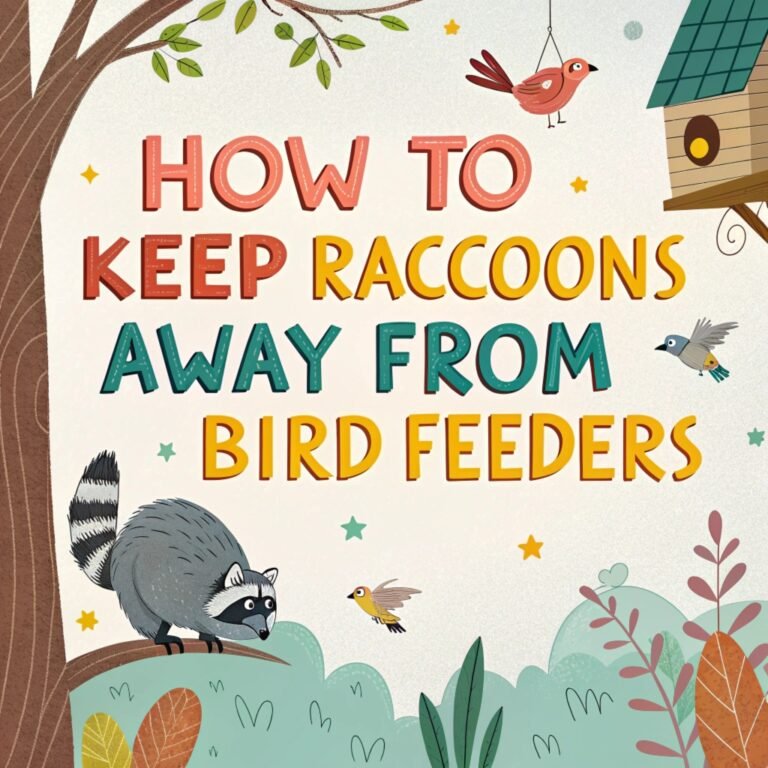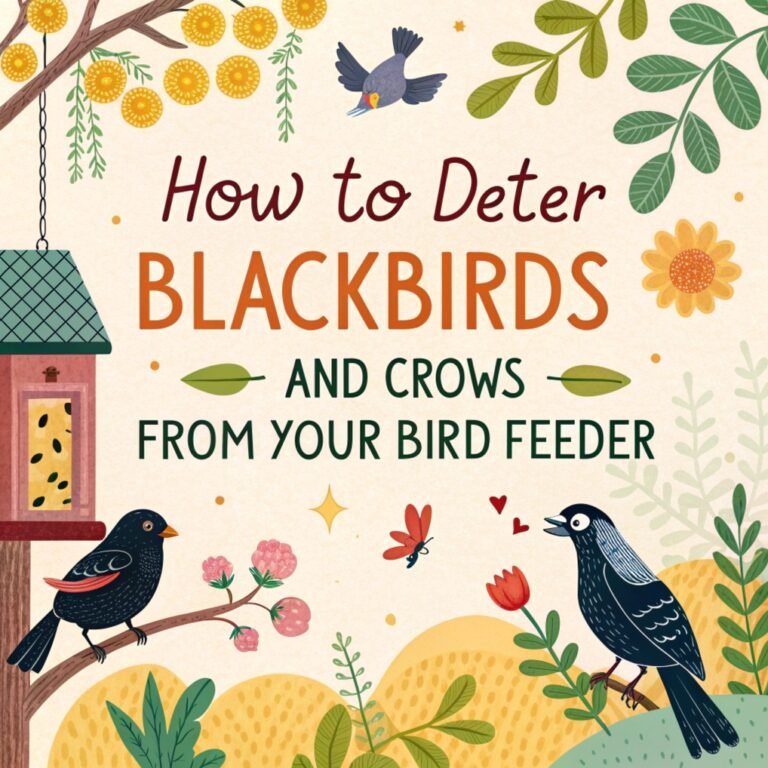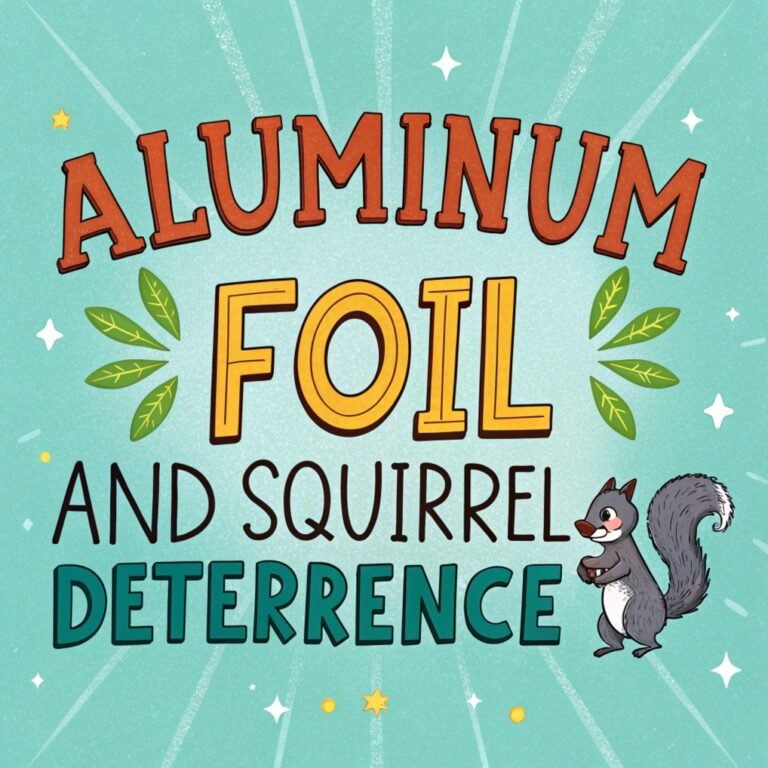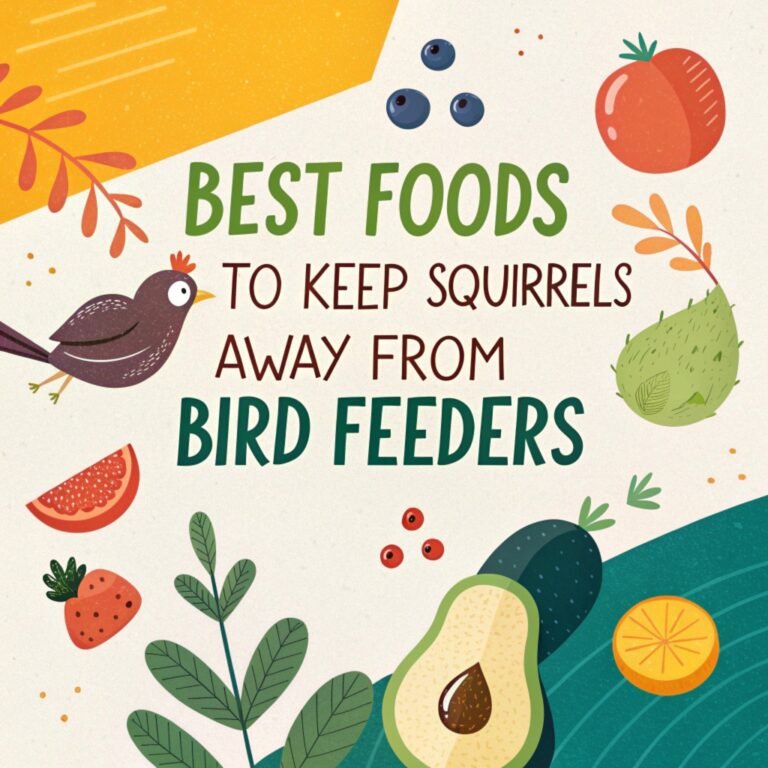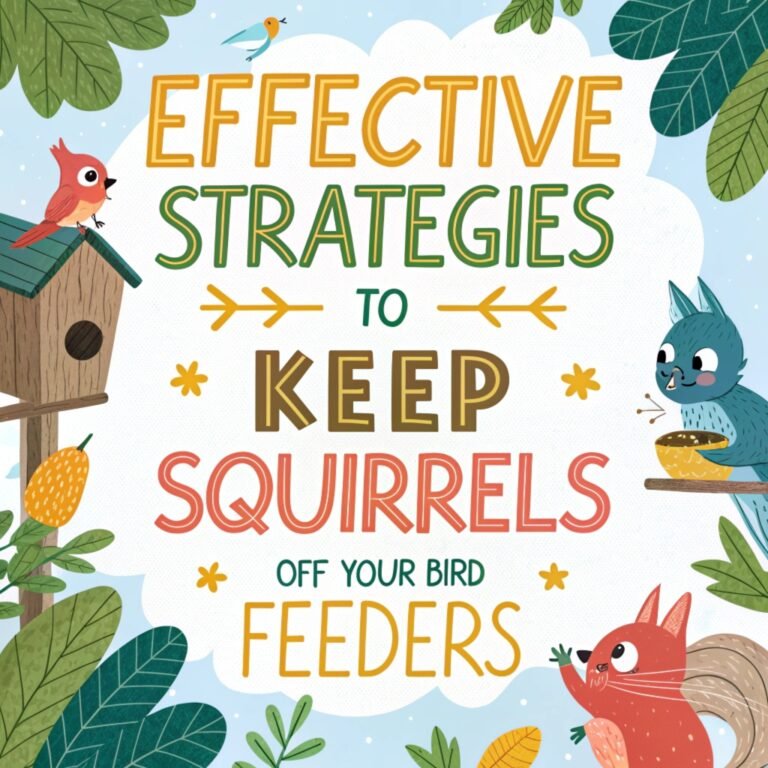Tips to Deter Hawks from Your Bird Feeders: Effective Tips and Strategies
Bird feeders bring joy to many bird enthusiasts, but they can also attract unwanted visitors like hawks. These predators pose a threat to the smaller birds you aim to protect.
Understanding how to deter hawks is essential for maintaining a safe and welcoming environment for your feathered friends.
In this comprehensive guide, we’ll explore effective methods to keep hawks away from your bird feeders.
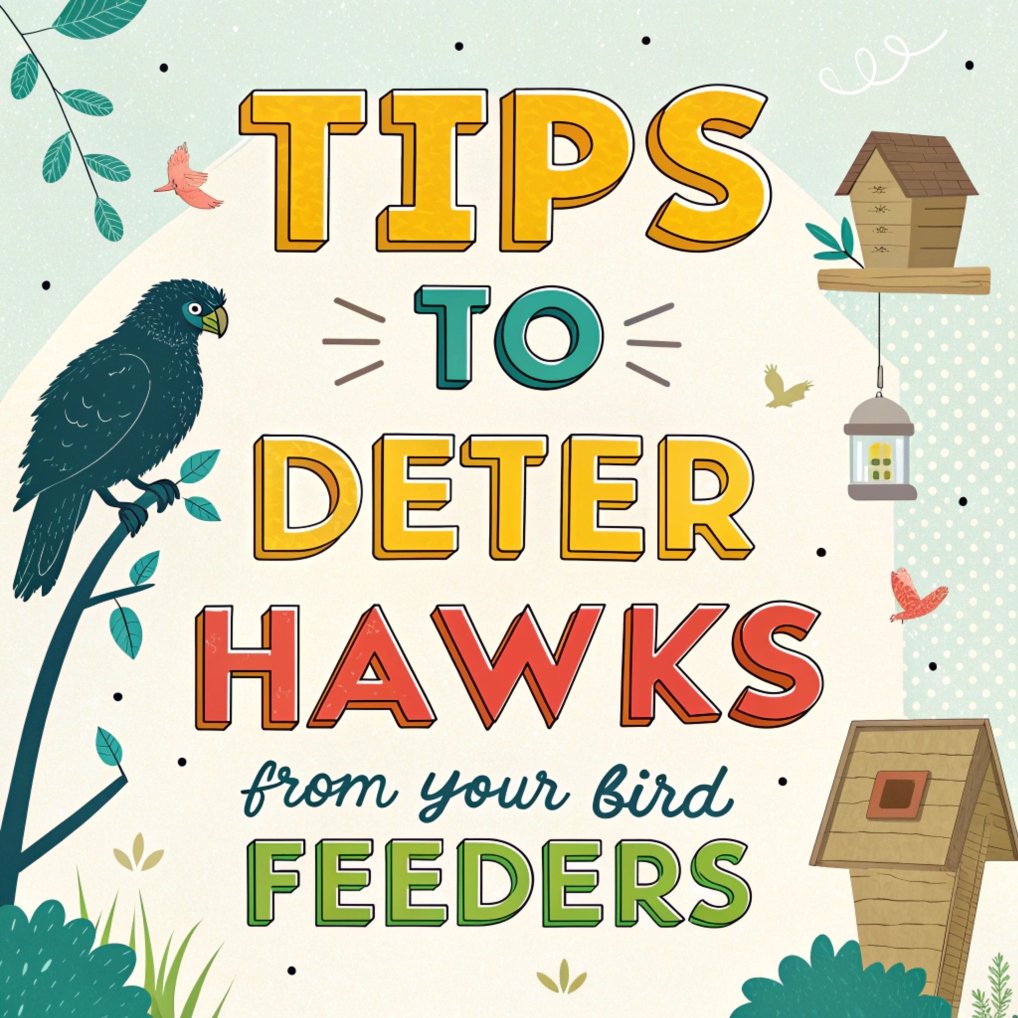
Key Takeaways
- Strategic Placement: Position your bird feeders near dense bushes or under tree branches to provide small birds with quick escape routes.
- Natural Cover: Use shrubbery, brush piles, or dense trees to create a safe environment for birds.
- Feeder Design: Opt for feeders that are less accessible to hawks, such as those with protective cages.
- Decoys and Noise: Employ decoys like owl statues or wind chimes to scare hawks away.
- Temporary Measures: Remove feeders temporarily if hawks become persistent visitors.
- Protective Netting: Install netting around feeders to shield small birds from predators.
- Community Efforts: Collaborate with neighbors to create a hawk-free zone in your area.
- Seasonal Adjustments: Adapt your strategies based on the time of year and hawk behavior.
- Avoid Common Mistakes: Ensure you’re not inadvertently attracting hawks by scattering seeds on the ground.
- Long-Term Planning: Develop sustainable methods to keep hawks away while maintaining a bird-friendly yard.
Understanding Why Hawks Are Attracted to Bird Feeders
Hawks are natural predators, and bird feeders can become a hotspot for their prey. Small birds gathering in one place make it easier for hawks to hunt.
Understanding this behavior is the first step in protecting your feathered friends. To deter hawks, it’s essential to recognize their hunting patterns. Hawks often perch nearby, waiting for the right moment to strike.
By disrupting their strategy, you can make your yard less appealing to these predators. Hawks are attracted to bird feeders because they provide an easy food source. The concentration of small birds in one area makes it an ideal hunting ground for these raptors.
The Importance of Location in Detering Hawks

The placement of your bird feeders plays a crucial role in keeping hawks away. Position feeders near dense bushes or under tree branches to provide small birds with quick escape routes.
Avoid open spaces where birds are more vulnerable. Consider placing feeders close to the sides of buildings or fences. This not only offers protection but also makes it harder for hawks to swoop in.
Strategic placement is a simple yet effective way to safeguard your backyard birds. By carefully choosing the location of your feeders, you can create a safer environment for small birds.
The key is to provide cover and obstacles that make it difficult for hawks to execute their hunting strategies.
Using Natural Cover to Protect Small Birds
Natural cover is one of the best defenses against hawks. Dense trees, shrubbery, and brush piles provide hiding spots for small birds.
Creating a safe environment encourages birds to visit your feeders without fear. If your yard lacks natural cover, consider planting shrubs or adding artificial structures.
The more options birds have to escape, the less likely hawks will succeed in their hunts. Incorporating a variety of plants and structures in your yard not only helps deter hawks but also creates a more diverse habitat for birds.
This approach benefits the overall ecosystem of your garden, making it a more attractive and safe space for a wide range of bird species.
Choosing the Right Bird Feeder Design
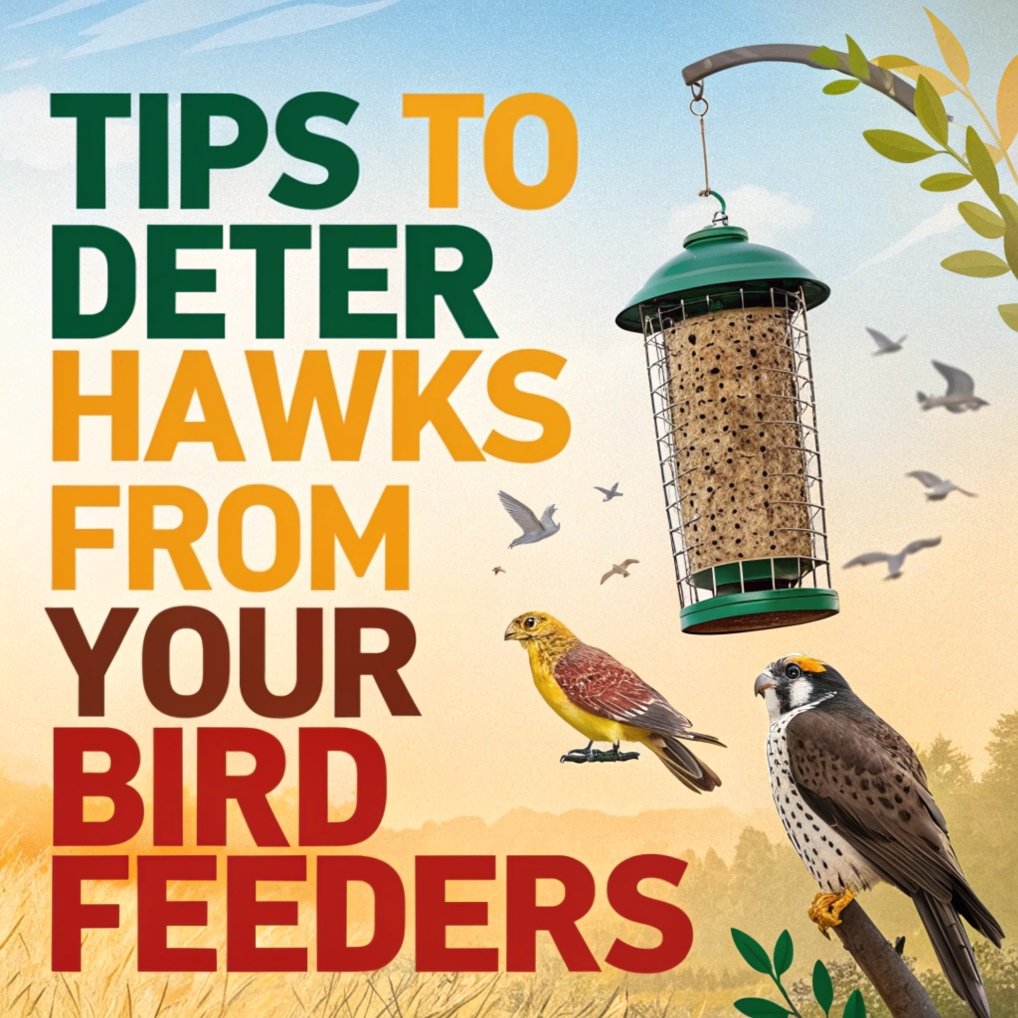
Not all bird feeders are created equal. Opt for feeders with protective cages to keep hawks at bay. These designs allow small birds to feed safely while preventing larger predators from accessing the food.
Tube feeders and those with narrow openings are also effective. By choosing the right feeder, you can create a safer feeding station for your backyard birds.
Investing in quality feeders is a step toward a hawk-free yard. Consider feeders with adjustable perches or weight-activated closures.
These features can prevent larger birds, including hawks, from accessing the food while still accommodating smaller species.
How to Use Decoys to Scare Away Hawks
Decoys can be a powerful tool in deterring hawks. Owl statues and reflective objects mimic predators, scaring hawks away.
Place these decoys near your feeders for maximum effect. Move the decoys periodically to keep hawks guessing. Wind chimes and other noise-making devices can also deter hawks.
Combining visual and auditory deterrents creates a multi-layered defense for your bird feeders.
When using decoys, it’s important to choose realistic models and place them strategically. Consider rotating different types of decoys to prevent hawks from becoming accustomed to them.
The Role of Noise and Movement in Hawk Deterrence
Hawks are cautious creatures, and sudden noises or movements can scare them off. Wind chimes, motion-activated sprinklers, and reflective tape are excellent deterrents.
These methods disrupt the hawks’ hunting process, making your yard less appealing. Experiment with different noise and movement strategies to find what works best.
The goal is to create an environment where hawks feel unwelcome, ensuring the safety of your backyard birds.
Consider installing motion-activated devices that produce sudden movements or sounds when triggered. These can startle hawks and make them wary of approaching your feeding area.
Creating a Safe Environment for Birds in Your Yard
A safe yard is a bird-friendly yard. Provide plenty of natural cover, clean water sources, and safe feeding stations.
Avoid scattering seeds on the ground, as this makes birds more vulnerable to hawks. Regularly inspect your yard for potential hazards.
By maintaining a safe and welcoming environment, you can attract a variety of birds while keeping predators at bay.
Consider creating diverse feeding zones throughout your yard, each with its own protective features. This approach not only helps deter hawks but also reduces competition among birds at a single feeder.
Temporary Measures: Removing Feeders to Discourage Hawks
If hawks become persistent, consider removing your feeders temporarily. This encourages hawks to find food elsewhere, giving small birds a chance to recover.
Reintroduce feeders after a week or two, monitoring for hawk activity. Temporary removal is a simple yet effective way to break the cycle of hawk visits.
It’s a short-term solution that can lead to long-term benefits for your backyard birds. When reintroducing feeders, do so gradually and in different locations. This can help disrupt established patterns that hawks may have developed.
The Benefits of Installing Protective Netting
Protective netting is a physical barrier that shields small birds from hawks. Install netting around your feeders to create a safe feeding zone.
Choose durable materials that can withstand weather conditions. Netting is particularly useful in areas with high hawk activity.
It’s a proactive measure that ensures the safety of your feathered visitors. When installing netting, ensure it’s properly secured and maintained. Regular checks for tears or gaps are essential to maintain its effectiveness.
How to Attract Birds Without Inviting Hawks
Attracting birds while deterring hawks requires a balanced approach. Offer a variety of food sources, water, and shelter to make your yard appealing.
Avoid practices that inadvertently attract hawks, such as scattering seeds on the ground. Focus on creating a diverse habitat that supports small birds.
By meeting their needs, you can enjoy a vibrant bird population without the threat of hawks. Consider planting native species that provide natural food sources for birds. This can help reduce reliance on feeders and create a more natural environment.
Seasonal Tips for Keeping Hawks Away
Hawk activity varies with the seasons. During migration and breeding seasons, hawks may be more active.
Adjust your strategies accordingly to protect your backyard birds. In winter, provide extra cover and food sources to support small birds.
Seasonal adjustments ensure your yard remains a safe haven year-round. Be aware of local hawk migration patterns and adjust your feeding practices during peak times.
Consider offering different types of food throughout the year to attract a diverse range of birds.
Understanding Hawk Behavior to Protect Your Feeders
Understanding hawk behavior is key to effective deterrence. Hawks are opportunistic hunters, relying on surprise and speed.
By disrupting their patterns, you can make your yard less appealing. Learn to recognize signs of hawk activity, such as perching or circling.
Knowledge is power, and understanding hawks helps you protect your feathered friends. Study the specific species of hawks in your area and their hunting habits. This information can help you tailor your deterrent strategies more effectively.
The Role of Community in Bird Protection
Protecting birds is a community effort. Collaborate with neighbors to create a hawk-free zone.
Share tips and resources to support each other in deterring predators. Community efforts amplify individual actions, creating a safer environment for birds.
Together, you can make a difference in protecting your local bird population. Consider organizing community workshops or bird-watching events to raise awareness about hawk deterrence.
Sharing experiences and strategies can lead to more effective, area-wide protection for small birds.
Common Mistakes to Avoid When Deterring Hawks
Avoiding common mistakes is crucial for success. Don’t scatter seeds on the ground, as this attracts hawks.
Ensure feeders are placed in safe locations with adequate cover. Regularly review your strategies and make adjustments as needed.
Learning from mistakes helps you create a more effective plan for deterring hawks. Be cautious about using harmful deterrents that could injure hawks or other wildlife.
Instead, focus on creating an environment that is less attractive to hawks while still welcoming to smaller birds.
Long-Term Strategies for a Hawk-Free Bird Feeder
Long-term success requires a combination of methods. Implement a mix of natural cover, protective netting, and strategic placement.
Monitor hawk activity and adapt your strategies over time. Consistency is key to maintaining a hawk-free yard.
By staying proactive, you can enjoy a thriving bird population without the threat of predators. Consider keeping a log of hawk sightings and the effectiveness of different deterrent methods. This can help you refine your approach over time.
Frequently Asked Questions
How often should I move my decoys to keep hawks away?
It’s recommended to move your decoys every few days to prevent hawks from becoming accustomed to them.
Varying the position and type of decoys can increase their effectiveness in deterring hawks from your bird feeders.
Can I use ultrasonic devices to deter hawks?
While ultrasonic devices are sometimes marketed for pest control, their effectiveness against hawks is not scientifically proven.
Hawks primarily rely on visual cues for hunting, so visual deterrents are generally more effective.
Is it legal to deter hawks from my property?
In most areas, it is legal to use non-harmful deterrent methods to keep hawks away from your bird feeders.
However, it’s illegal to harm or trap hawks as they are protected under the Migratory Bird Treaty Act. Always use humane methods to deter hawks.
How long does it typically take for hawks to leave an area after implementing deterrent methods?
The time it takes for hawks to leave an area can vary, but you may start seeing results within a few days to a couple of weeks.
Consistency in applying deterrent methods is key to long-term success in keeping hawks away from your bird feeders.
Are there any plants that naturally deter hawks?
While no plants specifically deter hawks, dense shrubs and trees can provide cover for smaller birds.
Plants like holly, juniper, and evergreens can create a protective environment that makes it harder for hawks to hunt near your feeders.

Hello, I’m Amelia White, the founder of birdsfanatic.com. As a lifelong bird enthusiast and spiritual seeker, I’ve always been fascinated by the mystical connections between birds and the human experience. On this site, I share my knowledge and insights into the symbolic meanings and spiritual significance of various bird species, exploring their roles in mythology, folklore, and cultural traditions. Join me on this journey into the world of birds, where we’ll discover the hidden wisdom and guidance that these magnificent creatures have to offer.

